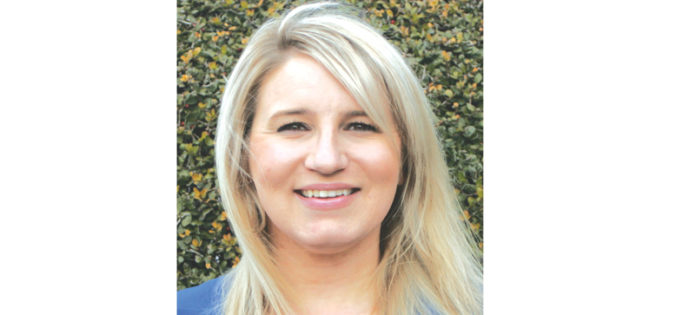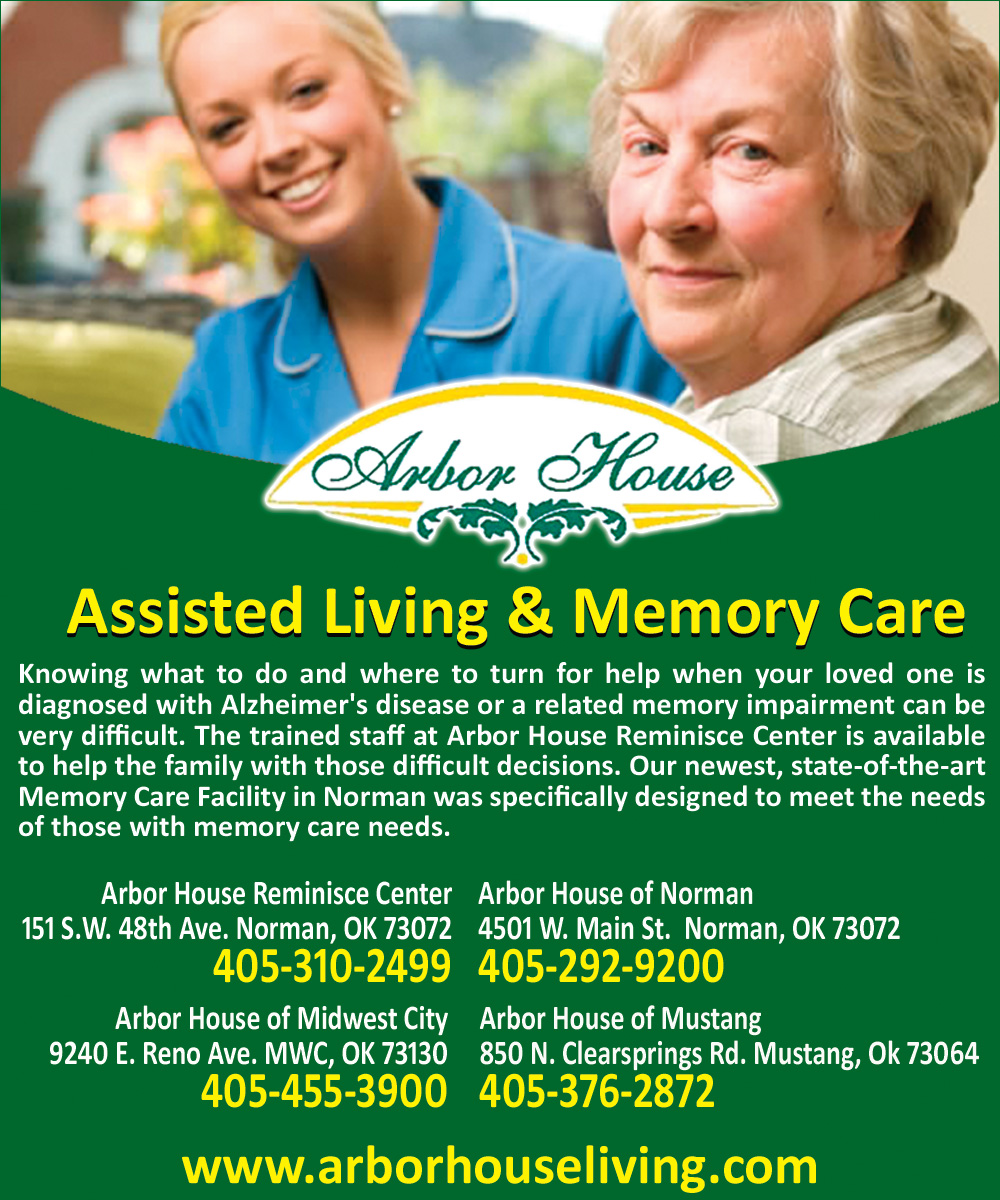Story and photos by Darl DeVault
Seniors either retirement privileged or close to that status face an important question around the world as we now see the importance of aging in place brought on by COVID-19-driven orders to shelter in place.
The question for those trying to add to the quality of life they have built for themselves throughout their decades of hard work and life experience is do they allow themselves to become dependent?
Seniors have grown up in an age of independence, of individual rights for those pulling for the greater good.
We have recently heard many directives from the U.S. Centers for Disease Control and Prevention during this COVID-19 Global Pandemic. The CDC says during a COVID-19 outbreak in your community, stay home as much as possible to further reduce your risk of being exposed.
Perhaps for seniors the CDC’s definition of aging in place “the ability to live in one’s own home and community safely, independently, and comfortably, regardless of age, income, or ability level” should define their future.
A member of the American Association of Nurse Practitioners, Kara De La Pena, who owns a metro urgent care mobile practice, is advising her patients to make changes to their home to compensate for their disabilities. This allows them to age in place.
And yet many healthy, disability-free seniors have chosen to amass in retirement communities. With 15 years of delivering medical services, De La Pena has seen a downside to this choice recently while delivering urgent care to her patient’s home.
“The number of patients with serious complications I have seen recently during this pandemic is astounding—often times requiring careful consideration of sending them to a higher level of care or leaving them to manage their symptoms,” said De La Pena, an advanced practice registered nurse whose practice is based on making house calls.
Her certifications in advanced cardiac life support, basic life support, and pediatric advanced life support allow her to fully evaluate her senior patient’s situations. De La Pena has been adding aging in place expertise to her delivery of medical health care as the owner of NP 2 Go.
She says although centers that cater to disability free seniors have a great array of services and amenities, they also come with a serious medical restriction.
Those places are only as medically secure in a pathogen pandemic as the least informed and observant of warnings of social distancing among that population.
While these retirement communities tout wonderful food, convenience, comfortable-bus special excursions to cultural events they fall short in medical privacy. Someone trying to self quarantine cannot prevent other seniors from ignoring the scientifically established demand to stay in their area during a pandemic.
It is not physically possible for self-quarantining seniors to live in a totally private area in a retirement community. Even the milder restriction of shelter in place is impossible when others can insist on inflicting their social visits.
Sharing beautiful common areas can be a minus, just as the pressure to attend a variety of planned activities can short circuit the best intentions to be safe. Some residents may not be able to resist the temptation to socialize with friends and neighbors every day.
Seniors trying to do the right thing in a pandemic are at the mercy of those people who have the least ability to understand science. Some people do not understand the gravity of the situation, or exercise social inhibitions in a time of emergency.
If a senior remains in their home, aging in place, they are far more likely able to avoid a medical emergency based on the spread of a pathogen.
“Sheltering in place is nearly impossible in communal living, which is why aging in place is of utmost importance-now and in the future,” De La Pena said. “Our physical health and mental health often meld together for a balance which creates a homeostasis that directly affects our personal health. Aging in place provides independence, prevents communal illnesses, and promotes self-care.”
Aging in place means solving safety and inappropriate accessibility issues. It creates home living that is safe and accessible without sacrificing individuality. With our leaders calling this pandemic a war, why be on the front lines when you can choose to be a non-combatant by sheltering in place?
“For my older patients there are no potentially promising treatments available in this COVID-19 crisis. Sheltering in place is the only course of action that reliably gives seniors the possibility of a treatment benefit,” De La Pena said. “If seniors have already given up their right to age in place, they have no confidence that the possibility of a treatment benefit is in the offing.”
Now many seniors and retirees can see had everyone been able to truly shelter in place from the outset of the COVID-19 crisis, there would have been far fewer deaths in their demographic.
Instead, because of illness and disability and the choice of leaving their homes, many seniors were extra vulnerable while amassed in facilities other than their homes.
The concept of aging in place is as new as the agenda of collective living in retirement and yet it is lagging in importance. A major reason the concept is not widely advocated is business cannot make a great profit from sharing this information with the public.
Business can make a profit by building facilities and luring people out of their homes to be a part of a larger collective.
America has just received an enormous wakeup call about how dangerous this collective living can be. Again, if everyone deemed vulnerable who did not require daily medical attention could have self-quarantined our nation’s COVID-19 virus stats would look much better.
The government has created a new phrase in the last few years—disability free aging.
With the new pathogen pandemic connectedness apparent in the world it begs the question. Shouldn’t those seniors and retirees who are disability free be clinging to the independence and relative safety of living in their own homes.
“Again, while I visit a cross section of ages as patients in their homes, I am very concerned for our senior population with COVID 19 spreading. Aging in place is the safest form of defense for seniors now,” De La Pena said. “I plan on highlighting more government initiatives and programs to help seniors stay in their homes as long as possible. By performing aging in place assessments, I hope to empower more seniors to find ways to age in place as long as their home is a viable sanctuary.”
She recommends everyone with questions about the aging in place agenda visit this informative section of the federal Web site: www.nia.nih.gov/health/aging-place-growing-older-home
Steve Persa, 77, is staunchly an aging in place advocate in Oklahoma City. He sees this pandemic through the eyes of a retired Oklahoma Blood Institute employee who helped solve Oklahoma’s blood supply problems for decades.
“As long as I am healthy and mobile, I will continue to live in my home,” Persa said. “This latest COVID-19 shelter in place episode reinforces my resolve to do so.”















